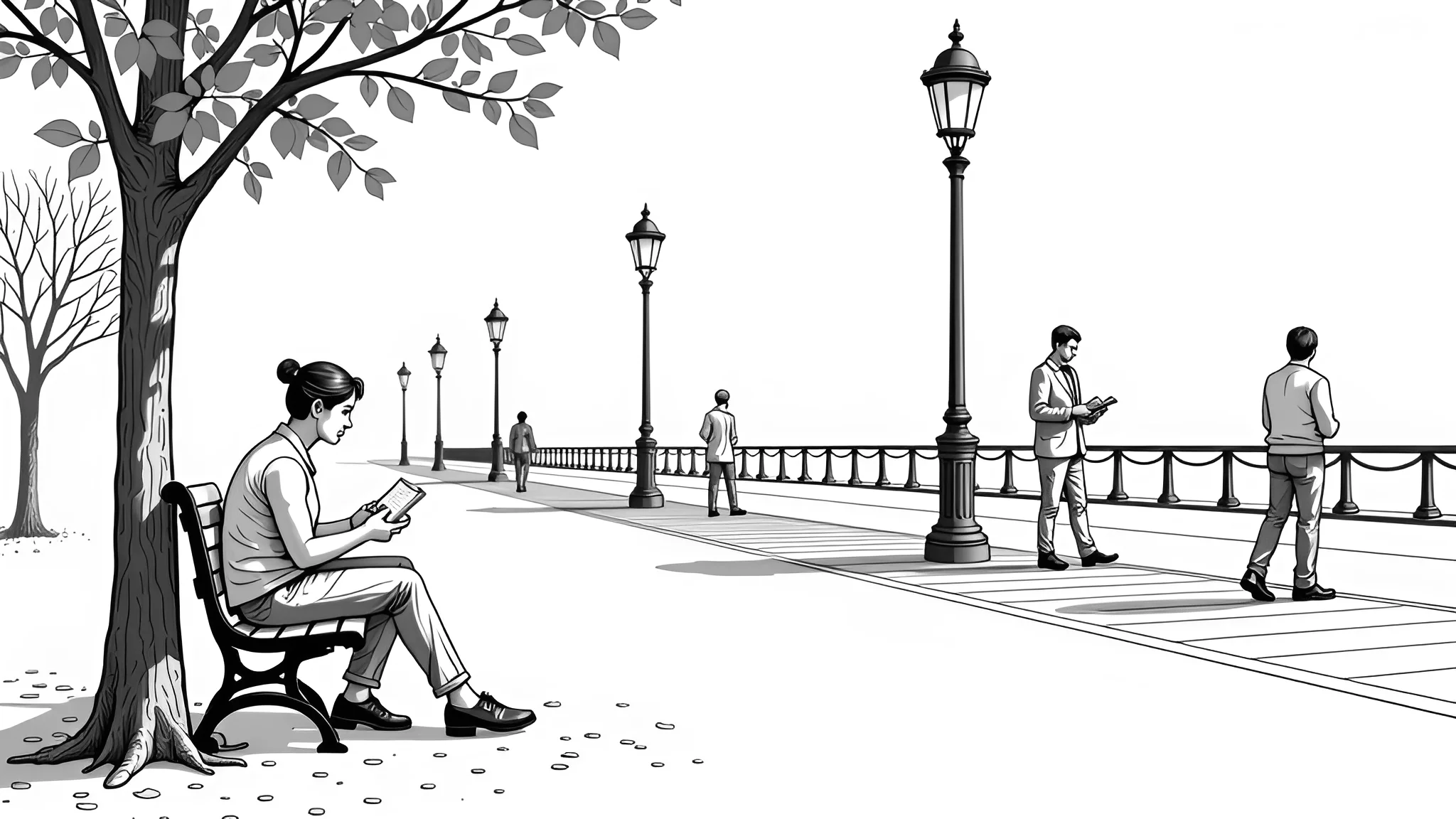A Universal Desire: Feeling Seen and Understood
We all want to belong. Whether it’s a close-knit group of friends, a community, or a brand that speaks our language, connection is at the heart of human experience. In branding, the Everyman archetype thrives by embracing relatability, authenticity, and inclusivity. But how do brands successfully embody this archetype? And what design choices reinforce this sense of belonging?
Why Familiarity and Trust Win Every Time
The Everyman brand succeeds by fostering a sense of trust, approachability, and community. By aligning with values of honesty and inclusion, these brands create emotional connections that turn casual customers into loyal advocates.
The Backbone of a Relatable Brand
The Everyman (or Orphan) archetype represents reliability, humility, and authenticity. Unlike aspirational archetypes like the Hero or Magician, the Everyman brand does not seek to inspire or transform—it seeks to be relatable and familiar. Think of brands that position themselves as “just like you.” They reject exclusivity and perfection in favor of real-life experiences, everyday solutions, and a welcoming tone.
What Makes the Everyman Brand Unique?
The essential qualities and values of this organization are firmly anchored in authenticity, honesty, and humility. It functions as a community-oriented and inclusive entity, cultivating an environment where everyone is valued and heard. The organization’s approach is straightforward and unpretentious, prioritizing simplicity and genuine connections. There is a significant focus on real-life stories and experiences, which contribute to shaping the organization’s narrative and perception. Ultimately, the organization prioritizes trust and long-term relationships over superficial appeal, ensuring that all interactions are meaningful and enduring.
How Successful Brands Embody This Archetype
- Levi’s represents the hardworking, everyday individual, making denim a universal staple.
- IKEA is affordable, practical design that appeals to the masses with a welcoming and unpretentious brand voice.
- Southwest Airlines stands out a fun, no-frills airline that highlights accessibility, friendly service, and budget-conscious travel.
Key Design Elements That Communicate the Archetype
- Color Palette: Warm, earthy tones (beige, blue, muted reds) that evoke trust and familiarity.
- Typography: Simple, unembellished fonts that feel approachable.
- Imagery: Candid, everyday life photography featuring real people rather than aspirational models.
- Messaging: Conversational, friendly, and inclusive language.
What Traits Make the Everyman Appealing to Consumers?
The Everyman archetype connects with consumers who prioritize practicality over prestige. These individuals seek solutions that are effective and reliable, rather than being drawn to status symbols or flashy products. Trustworthiness and honesty are also key values for them, as they are wary of brands that make exaggerated promises or engage in inauthentic marketing. Additionally, they value community and connection, preferring brands that foster a sense of inclusion and belonging, rather than those that make them feel isolated or out of place.
Best Practices for Using The Everyman Archetype
✔️ Use real customer stories and testimonials to enhance authenticity.
✔️ Keep messaging simple and jargon-free to maintain accessibility.
✔️ Prioritize inclusivity in imagery, language, and brand values.
✔️ Offer reliable, no-nonsense products and services without excessive luxury or exclusivity.
Common Pitfalls to Avoid
⚠️ Trying too hard to be “relatable” in a way that feels forced or inauthentic.
⚠️ Over-simplifying branding to the point of losing identity or uniqueness.
⚠️ Neglecting quality in an attempt to be budget-friendly.
⚠️ Ignoring the emotional depth of the audience—Everyman brands should still tell compelling stories.
How do you see the Everyman archetype influencing today’s branding landscape? Are there brands you trust because they feel “real” and approachable? Share your thoughts in the comments.
